9月25日 原城跡が世界遺産候補に決定
私が生れ育った、島原の原城跡が「長崎の教会群とキリスト教関連遺産」として
2018年の世界遺産候補といて決まりました。
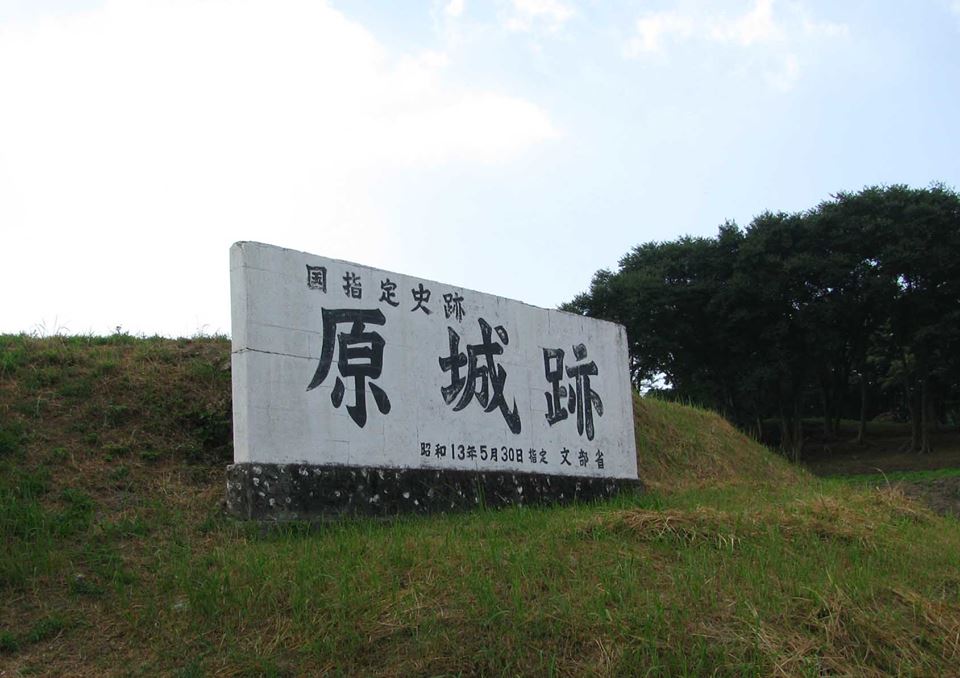
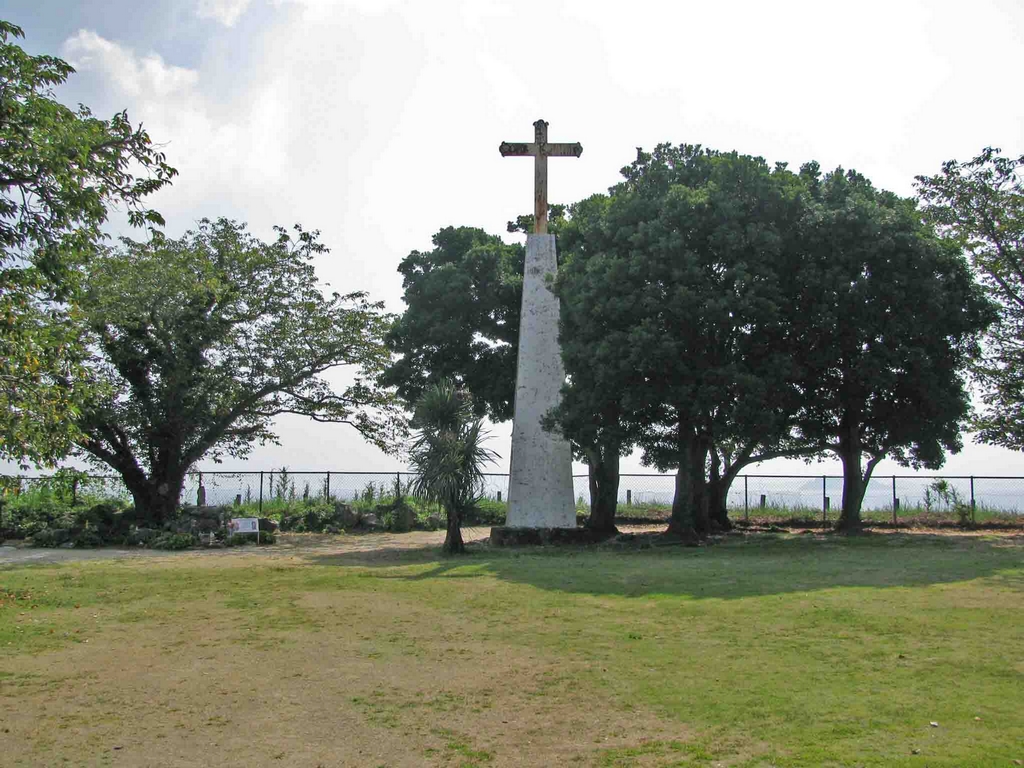
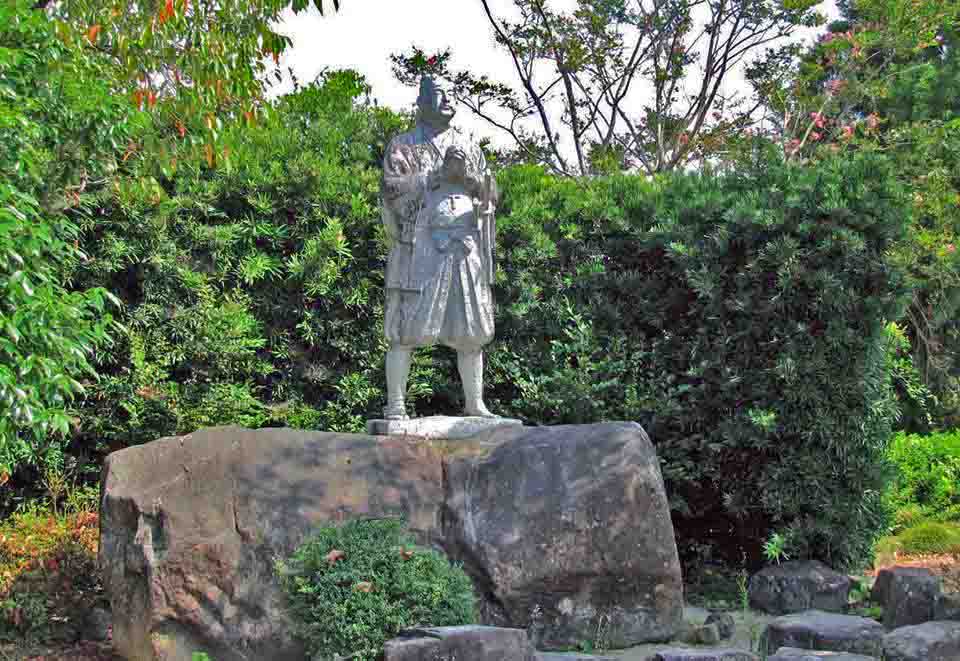
2018年の世界遺産候補といて決まりました。



原城は1496年に有馬氏によって築上、一国一城令後、島原城を築上したため1616年に廃城。
そして1637年の起きた、キリスト教の再復興などを目的とした、日本の歴史上最大規模の
一揆である「島原の乱」の舞台となった場所である。
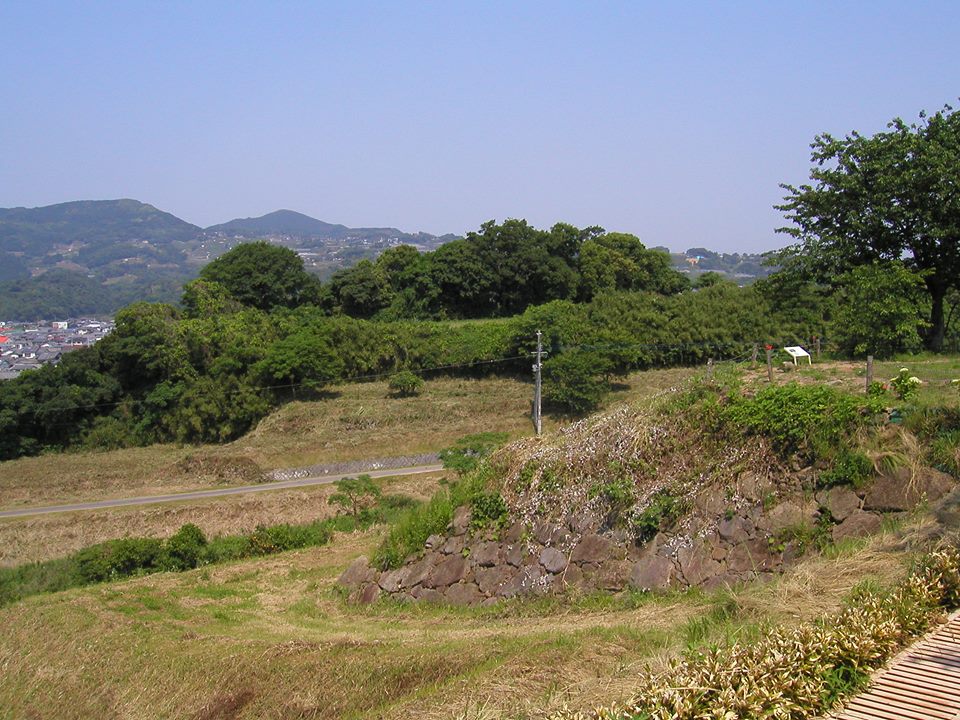
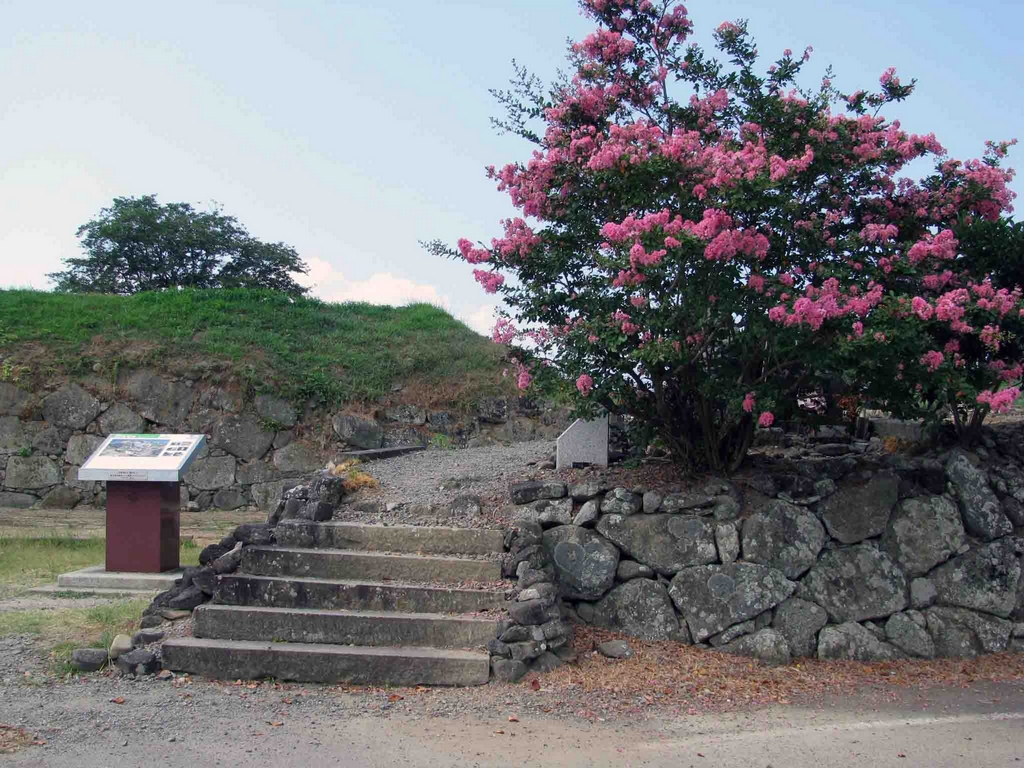
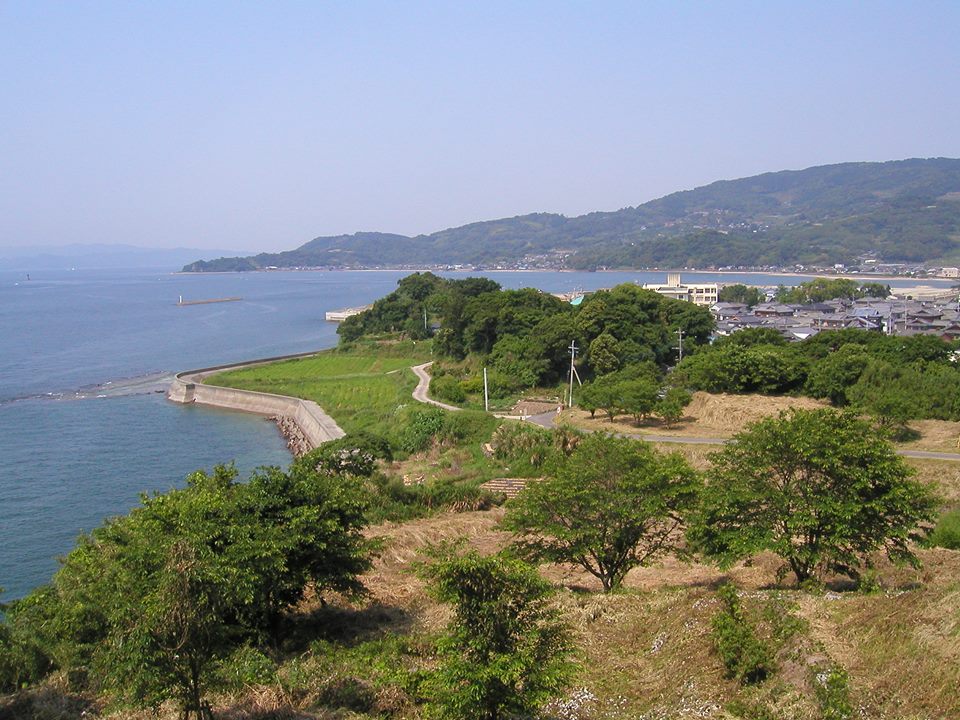
1泊2日の島原半島の「世界遺産候補」遺跡巡りの旅も行っています。
「日本のキリスト教の歩みと島原の乱」について、下記に英語と日本語で
紹介します。
Initially, most Japanese leaders welcomed arriving Europeans.
For daimyo during the period of Warring Stages, the European provided access to
important information. The Europeans had useful knowledge about geography,
map making, shipbuilding and navigation.
important information. The Europeans had useful knowledge about geography,
map making, shipbuilding and navigation.
They had muskets and other military technology.
They brought trade in goods that were unavailable in Japan, Some daimyo became
interested in Christianity partly because of their interest in trade with those Europeans.
interested in Christianity partly because of their interest in trade with those Europeans.
Japan’s unifiers gradually became suspicious of those who came as Christian
missionaries. Christianity preached the need for excusive loyalty to God.
missionaries. Christianity preached the need for excusive loyalty to God.
That meant obedience to a foreign god instead of a Japanese daimyo.
As early as 1587, Toyotomi Hideyoshi issued a decree saying that all Jesuits had
to leave the country immediately.
to leave the country immediately.
He did not actively enforce the decree but it was a sign that attitudes were changing.
In 1614, Tokugawa Ieyasu again ordered all missionaries to leave the country.
Anti-Christin attitudes reach a peak in the 1630s. Several Kyushu daimyo and the
people of their domains became Christians.
people of their domains became Christians.
Discontented ronin joined a peasant uprising in Kyushu under Amakusa Shiro.
The Shimabara Rebellion was at least partly caused by poverty caused by heavy
taxation. The Shogunate was not going to allow a challenge to its authority for
any reason.
taxation. The Shogunate was not going to allow a challenge to its authority for
any reason.
A huge army was sent to suppress the rebellion. The rebels were put under siege
at Hara Castle on the Shimabara Peninsula.
at Hara Castle on the Shimabara Peninsula.
The castle fell and the Shogunate forces slaughtered some 35,000 men, women
and children in the castle.
and children in the castle.
This turned out to be the last major fighting involving the Tokugawa armies until
two centuries later.
two centuries later.
日本のキリスト教の歩みと島原の乱
当初、日本の君主たちの大部分が日本にやって来るヨーロッパ人を歓迎していた。
戦国時代の大名たちのために、ヨーロッパ人は重要な情報を得る機会を提供していた。
戦国時代の大名たちのために、ヨーロッパ人は重要な情報を得る機会を提供していた。
ヨーロッパ人は地理や地図の作成、造船や航海に関する有益な情報を持っていた。
彼らは火縄銃などの軍事技術を持っていた。彼らは日本で手に入らないような品物の
交易をもたらした。
交易をもたらした。
大名の中には、一つにはこうしたヨーロッパ人との貿易に興味があったから、
キリスト教に興味を持つものも現れた。
キリスト教に興味を持つものも現れた。
日本の統一者たちは、次第にキリスト教の宣教師としてやって来る者たちに疑いの目を向けるようになった。キリスト教は神のみに忠誠心をもつ必要性を説いた、それはとりもなおさず、日本の大名に対してではなく、異国の神に従うことを意味していた。
1587年の時点で既に豊臣秀吉は、すべてのイエズス会士は直ちに日本からでるように命じた布告を発している。
彼は積極的にその布告を強制することはしなかったが、それは為政者の姿勢が変わりつつある兆候であった。
1614年、徳川家康は秀吉に続いて全ての宣教師に国外退去を命じた。
キリスト教弾圧の姿勢は1630年代にピークに達した。幾人かの九州の大名とその領民たちがキリスト教徒となった。 不満を抱いた浪人が、九州で天草四朗率いる農民一揆に合流した。
島原の乱は少なくとも一つの原因として、重税によって引き起こされた貧困が引き起こしたものであった。幕府はいかなる理由があろうとも、その権力に逆らうことは許そうとしなかった。
その謀反を鎮圧するために大軍が送られ、反乱者たちは島原半島の原城に立てこもったところを包囲された。
城は陥落し、幕府の軍隊は老若男女を問わず城内にいた約3万7千人を皆殺しにした。
この島原の乱を最後として、2世紀後の幕末まで、徳川幕府は大きな騒乱にかかわることはなくなった。
